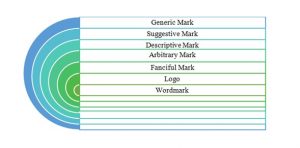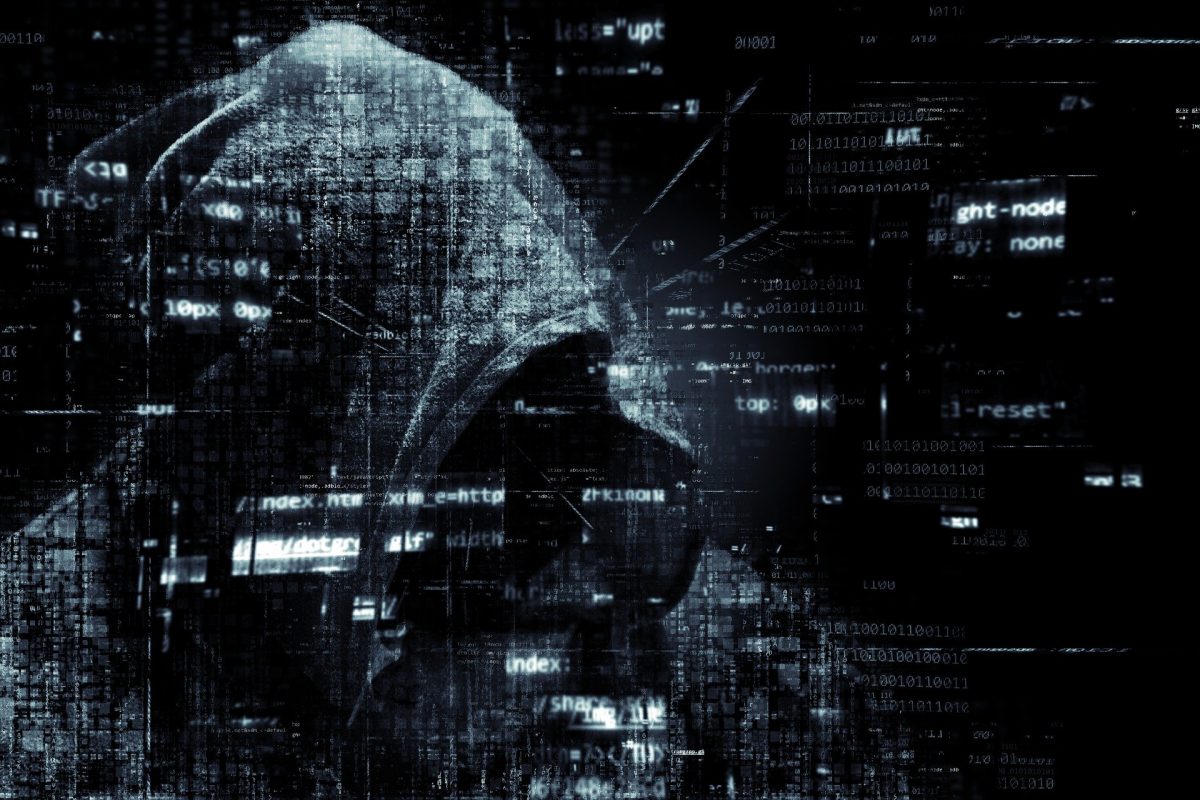By: Rushika
Of all the creative work produced by humans anywhere, a tiny fraction has continuing commercial value. For that tiny fraction, the copyright is a crucially important legal device.
-Lawrence Lessig
Introduction
Creators of any artistic or literally work often do so in the hopes of benefitting financially and commercially from the same. However, in a competitive and capitalistic world, creators are frequently suppressed by the more powerful entities and their work exploited. There are also various issues that arise in respect of who the owners of the work are. Copyright is that legal mechanism that protects the rights of the creators of works and enables others to identify the true owner of the work.
Learn more about Intellectual Property Rights with Enhelion’s Online Law firm certified Master Course!
Copyright
Often described as the engine of progress,[1] copyright is the legal term used to describe the rights that creators have over their artistic or literary works.[2] The Copyright, Designs and Patents Act, 1988 of the United Kingdom defines copyright as a property rights which subsists in (a) original literary, dramatic, musical or artistic works, (b) sound recordings, films or broadcasts, and (c) the typographical arrangement of published editions.[3] Extending similar protections, Copyright Law of the United States contained in Title 17 of the U.S. Code defines the contours of copyright as a protection that subsists in the original works of authorship fixed in any tangible medium of expression, now known or later developed, from which they can be perceived, reproduced, or otherwise communicated, either directly or with the aid of a machine or device.[4]
The need and importance of copyright law is firmly established today. That copyrights of creators must be jealously safeguarded is not contended. However, on many occasions, the works of copyright owners may be used for various non-commercial purposes such as education, research, news reporting and charitable purposes to name a few. To prevent such uses of the work could result in some highly undesirable consequences such as misinformation, and could even halt progress to a significant extent, which is quite contrary to the intended purposes of copyright protection. This article discusses the fair use and fair dealing of copyrighted works in the context of the United States of America and the United Kingdom of Great Britain and Northern Ireland respectively.
Learn more about Intellectual Property Rights with Enhelion’s Online Law firm certified Master Course!
Fair Use in the United States of America
Fair use is a legal doctrine that promotes freedom of expression by permitting the unlicensed use of copyright-protected works in certain circumstances. In the United States of America, section 107 of the Copyright Act provides the statutory framework that determines the nature of a use and whether the same is fair. It provides that the use of copyrighted work for purposes such as- (i) criticism, (ii) comment, (iii) news reporting, (iv) teaching, (v) scholarship; or (vi) research, does not amount to an infringement under the Act. Further, in order to determine whether the use is fair or not, it calls for consideration the following four factors:[5]
- The purpose and character of the use, including whether such use is of a commercial nature or it is for non-profit educational purposes
In evaluating fair use, courts often approach a dispute with the intention of balancing the purpose of the use with the character of the use. While non-profit educational uses and non-commercial uses are more likely to find favour with the court, transformative uses are also received with a positive outlook by the courts. In TCA v. McCollum,[6] when the routine of the black comedy Hand to God was featured in a play, the court held that the play’s usage was transformative because the audience must be aware of the original in order to get the joke. However, this does not mean that the use must always be transformative. For instance, in Swatch v. Bloomberg[7], it was held that use for the purposes of news reporting was not required to be transformative.
- The nature of the copyrighted work
Another important factor for the courts to consider is the nature of the copyrighted work. Here, they must analyze the degree and extent to which the work relates to the purposes of copyright such as encouraging creative expression. Consequently, use of factual work is more likely to be considered fair rather than use of more creative or imaginative works such as novels, movies or songs. For instance, a defendant in a music file sharing case could not claim a fair use defense since he had failed to provide evidence that his copying of music files involved any transformative use. The court held that the defendant was confusing “‘fairness’ and ‘fair use’ and that fair use was not a referendum on fairness in the abstract.”[8]
- The amount and substantiality of the portion used in relation to the copyrighted work as a whole
In applying this test, courts oft look at the quality and quantity of the substance used. Where less than 1% of a person’s unpublished letters were copied and the purpose was informational, the same was held to be fair use.[9] However, where the unpublished letters were the “backbone” of the biography, it was found that the letters may have been taken more as a means of capitalizing on the interest in the person whose letters they were rather than in providing a critical study of the author.
In other contexts, even when a small amount of the copyrighted work was used, it was held to not be fair use when the same was the “heart” of the copyrighted work. For instance, when a television station’s news broadcast used 30 seconds from a four-minute copyrighted videotape of the 1992 Los Angeles beating of Reginald Denny, the court finding that the use was commercial and that it took the heart of the work, and affected the copyright owner’s ability to market the video, held that the same was not a fair use.[10]
Learn more about Intellectual Property Rights with Enhelion’s Online Law firm certified Master Course!
- The effect of the use upon the potential market for or value of the copyrighted work
The final factor for consideration under section 107 is the extent to which the unlicensed use causes harm to the existing or future market interest of the original work. Where the use effected the owners right to make future derivative works, it was held to not be fair use.[11] Similarly, where the material taken was substantial and the publication adversely affected the potential market for authorized books about the program, it was held to be an infringement.[12]
While the above four factors are explicitly identified for consideration by courts under section 107 of the Copyright Act, the courts may also place weightage upon other factors if the need may arise, based upon the individual facts of the case. Therefore, no specific formula can be evolved to identify infringement under the Act.
Fair dealing in the United Kingdom
Similar to the concept of fair use in the United States, exception to the copyright law exists in the United Kingdom under the principle of fair dealing. The Intellectual Property Office of the United Kingdom describes ‘fair dealing’ as ‘a legal term used to establish whether a use of copyright material is lawful or whether it infringes copyright.’ It further states that there is no statutory definition of fair dealing and the same ‘will always be a matter of fact, degree and impression in each case. The question to be asked is: how would a fair minded and honest person have dealt with the work?’[13] Accordingly, the courts have identified two essential factors that are relevant in determining whether a particular dealing with a work is fair or not. These are as follows:
- Whether the use of the work affects the market of the original work; and
- Whether the amount of work taken is reasonable and appropriate, and if the same is necessary to be taken.
In this respect, it is the view of the Office that where the work acts as a substitute for the original work and results in loss of revenue to the owner of the work, it is likely that such a dealing is not fair. Further, conventionally, only the use of a part of the work is permissible under the principle of fair dealing.
Learn more about Intellectual Property Rights with Enhelion’s Online Law firm certified Master Course!
Section 29 and 30 of the Copyright, Designs and Patents Act, 1988 outline the purposes and parameters within which the potential defense of fair dealing may be applicable. These are as follows:[14]
- Quotation, Criticism and Review: Where short extracts from the work have been reproduced for the purposes of criticism and review, the same is permissible provided that the critique or review is genuine. A more general defense of quotation is available as extracts may also be used for other purposes such as academic research or writings.
- News Reporting: This exception applies to use of copyrighted materials such as textual extracts or short video clips, for purposes of reporting current events that are of national or international importance.
- Parody, caricature and pastiche: This exception introduced in 2014 is made in respect to the use of various existing works to generate fresh or new social commentaries for purposes of humour or ridicule without the requirement of obtaining the permission of the original author.
- Research and private study for non-commercial research: Where single copies of a work have been made or where short extracts have been taken from them for non-commercial research or for private study by entities such as students and researchers, and the same has not been published or shared with others, such a use is exempted under the Act.
- Preservation or replacement copies: Often, it is necessary to preserve or conserve the original works of copyright owners that may otherwise be lost or destroyed. Further, with technological advancements, without the creation of digital formats of works, they may become obsolete. In such circumstances, replication of works would be fair dealing provided that the work is not one of multiple copies and it is not possible to obtain another copy of the same.
- Educational uses for instruction and examination: Use of work for teaching purposes, instructing students, etc. is not considered infringement provided that they are not used for commercial purposes.
- Text or data mining: Text or data mining is a fairly new concept that implies an automatic process of scanning or analyzing large amounts of data using scripts customized to look for patterns, or discover relationships and trends that are otherwise not visible through a normal reading. The purpose of this exception is to enable scientific growth and progress using computer technology where the research is not for the commercial benefit of the researcher. However, the researcher is required to comply with certain legal requirements such as legal access to the data through subscriptions, etc.
Learn more about Intellectual Property Rights with Enhelion’s Online Law firm certified Master Course!
It may be noted that while fair use and fair dealing appear to be similar to a great extent, the two terms are not interchangeable. An exception to copyright law that may be available in the United States under the principle of fair use may not necessarily be available under the law of the United Kingdom under the principle of fair dealing. While fair use is a more general defense and can be widely interpreted by the courts, the exceptions under fair dealing are stricter and more limited than those of the States. They are also less open to interpretation than the exceptions under fair use. Hence, this distinction between the two principles must be borne in mind at all times while considering the issues of copyright infringement in the two countries.[15]
Conclusion
Copyright is of immense importance to enable progress and development. Without the protection of copyright laws, most literary and artistic works would be of no value. This is neither favourable to the interests of the owners of the works nor to the economy. However, the protection afforded cannot be so stringent that it becomes detrimental to the overarching interest of society at large. Therefore, the exceptions carved out under the principles of fair use and fair dealing are highly significant. With the United States and the United Kingdom being two of the most developed countries in the world, the protections, and the exceptions to the protections afforded by them to various entities becomes of great relevance as legislators of various other nations look upto the same to formulate their own laws. Considering that the exceptions mentioned hereinabove are neither too liberal nor so stringent that they are insufficient, they appear to be suited well to the present purposes. Further, as observed, with changing circumstances, the exceptions have also been amended to include more advanced purposes such as data mining, hence keeping the law relevant and preventing the same from becoming outdated. However, with the number of fast-paced and unexpected technological advancements that have been taking place lately, it remains to be seen how the jurisprudence will evolve to encompass the same.
Learn more about Intellectual Property Rights with Enhelion’s Online Law firm certified Master Course!
[1] Intellectual Property Talent Search Examination, What is the Importance of Copyright? (Mar. 10, 2021, 11:17 AM), https://iptse.com/why-are-copyright-laws-important/
[2] World Intellectual Property Organization, Copyright (Mar 10, 2021, 11:17 AM), https://www.wipo.int/copyright/en/
[3] Copyright, Designs and Patents Act, 1988, c.48 §1, https://assets.publishing.service.gov.uk/government/uploads/system/uploads/attachment_data/file/957583/Copyright-designs-and-patents-act-1988.pdf
[4] Copyright Law of the United States of 2020, 17 U.S.C., §101, https://www.copyright.gov/title17/title17.pdf.
[5] U.S. Copyright Office, More information on Fair Use (Mar 10, 2021, 11:17 AM), https://www.copyright.gov/fair-use/more-info.html.
[6] TCA Television Corp. v. McCollum, No. 15 Civ. 4325 (S.D. N.Y. Dec. 17, 2015)
[7] Swatch Grp. Mgmt. Servs. Ltd. v. Bloomberg L.P. 742 F.3d 17 (2d Cir. 2014).
[8] Capitol Records Inc. v. Alaujan, 2009 WL 5873136 (D. Mass., 7/27/09).
[9] Wright v. Warner Books, Inc., 953 F.2d 731 (2d Cir. 1991).
[10] Los Angeles News Service v. KCAL-TV Channel 9, 108 F.3d 1119 (9th Cir. 1997).
[11] Castle Rock Entertainment, Inc. v. Carol Publ. Group, 150 F.3d 132 (2d Cir. 1998).
[12] Twin Peaks v. Publications Int’l, Ltd., 996 F.2d 1366 (2d Cir. 1993).
[13] Intellectual Property Office, Exceptions to Copyright, (Mar. 10, 2021, 11:17 AM), https://www.gov.uk/guidance/exceptions-to-copyright.
[14] The University of Edinburgh, Copyright Exceptions and Fair Dealing, (Mar. 10, 2021, 11:17 AM), https://www.ed.ac.uk/information-services/library-museum-gallery/library-help/copyright/copyright-exceptions-and-fair-dealing
[15] ibid.




